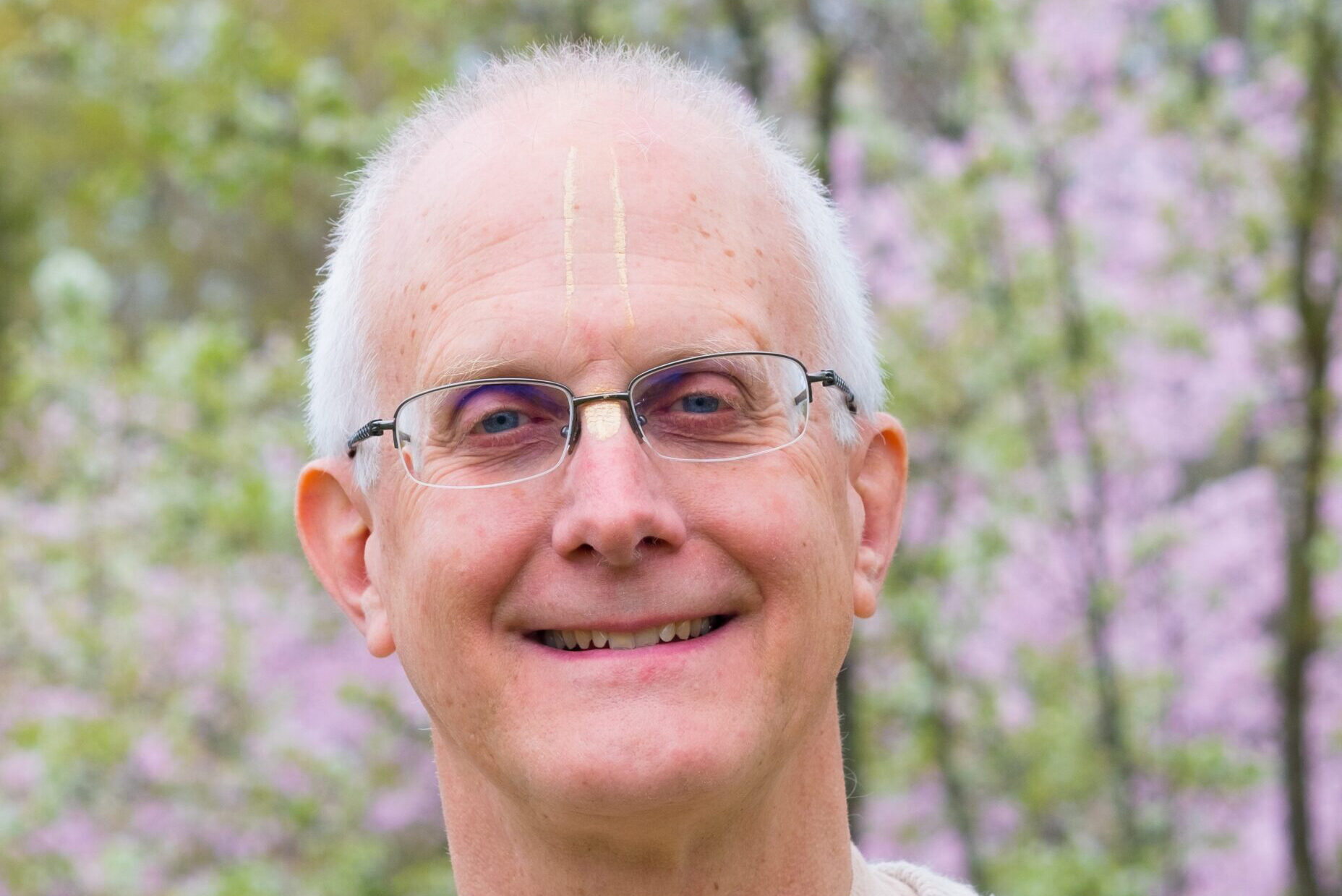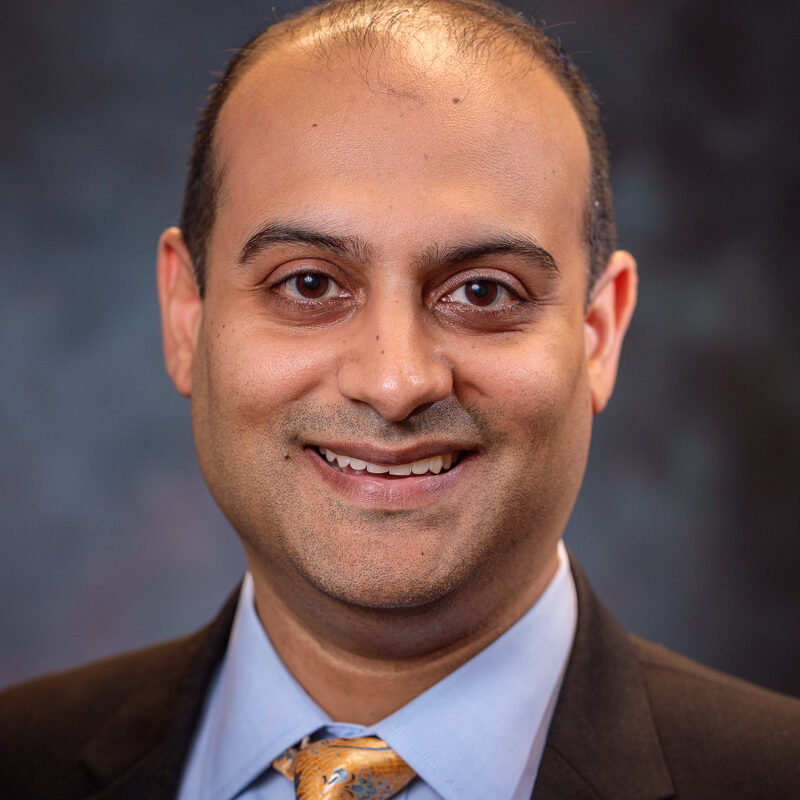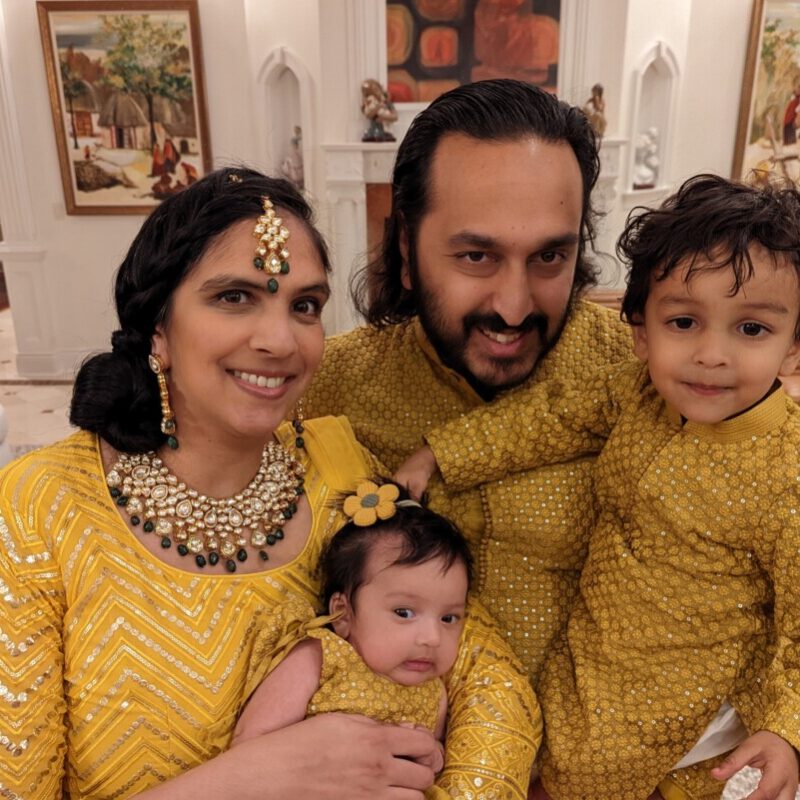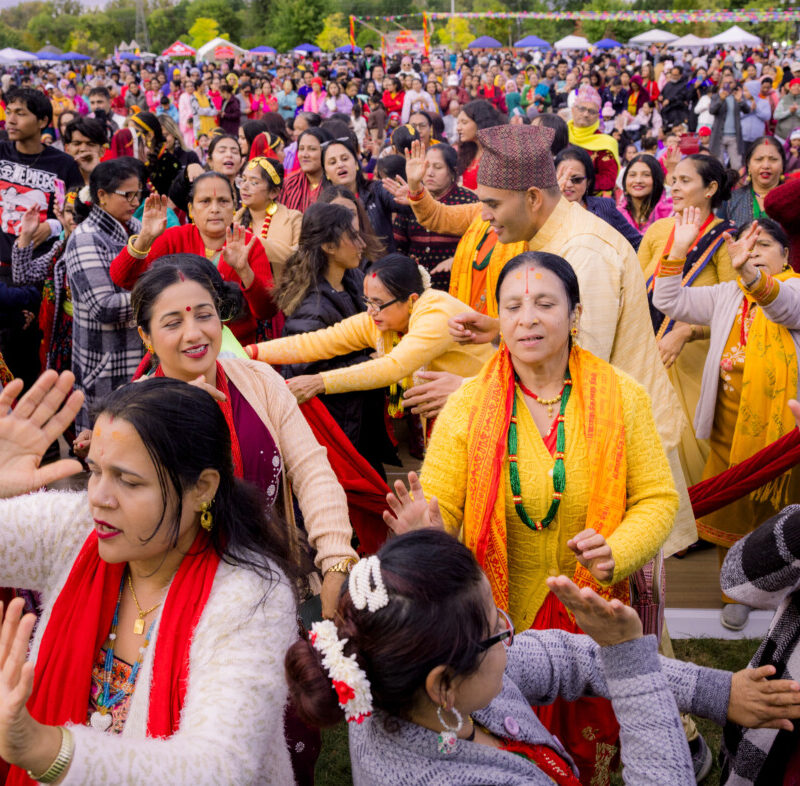
The supreme source of creation, according to Hindu texts, naturally comprises all of life’s dimensions, and therefore includes not only a masculine aspect, but a feminine one as well.
Known as Shakti, or the creative and energetic force of the Divine, the latter provides a spiritual balance to the former, and is thus revered by adherents through various goddess forms, who are particularly recognized during certain festivals of the year — a special one being Navaratri.
A nine-night observance that honors the role the loving, compassionate, and gentle, yet sometimes fierce, feminine energy plays in our lives, Navaratri is famously topped off with a 10th-day celebration of Vijayadashami (commemorating the victory of Goddess Durga over the demon Mahishasura).
Of course, with Hinduism being the incredibly diverse tradition it is, there are many who choose instead to spend the day meditating on a different victory, that of Rama over the demon-king Ravana. While, in this case, it isn’t a goddess directly who destroys the unscrupulous enemy, it is one who inspires such destruction, as it’s the immeasurable power of Sita’s love and devotion that fuels Rama’s drive to vanquish her dishonorable captor.
So, regardless of which pastime one chooses to focus on, the unrelenting light of Shakti dispelling the darkness of corruption is an ultimate lesson every celebration endeavors to appreciate. And, depending on the community, each can look a little different.
The following is an interview with Anuttama Das, a non-Indian American who joined the International Society for Krishna Consciousness (ISKCON) in 1975. Having participated in the festivities for almost 50 years, he shares with us his unique perspective: how he celebrated, how he celebrates now, how his outlook and appreciation have evolved over the years, and more.
What are your earliest memories of Navaratri and or Dussehra? What about the holiday period initially resonated with you?
My first memories of this holiday were at Denver ISKCON temple. I was living as a brahmachari [celibate] at that time in the ashram [monastery], and festivals, including this one, were a big deal.
We didn’t have Sita-Rama-Lakshmana-Hanuman deities at that time, but Dussehra, in particular, was still a big festival for us. We are Vaishnavas, so we focus on the worship of Krishna and Rama and other avatars of Lord Vishnu and Lord Krishna. So I just remember that this was a very big holiday. We would dress the deities very beautifully, have a wonderful feast, special kirtans, and a lot of the congregation would come. And some years, we’d have special dramas.
Can you describe, in detail, how you observe the festival time today? What, specifically, makes your community’s form of celebration unique to others?
Well now I live in Washington, D.C. We have a beautiful temple outside of the city in Potomac, Maryland, and we have very beautiful Sita-Rama-Lakshmana-Hanuman deities.
Because of this, Dussehra is a very, very big event for us. We actually put a large Ravana outside of the temple — I think he’s about 30 feet high, with multiple heads. I mean, it takes them a week or two to build the Ravana. We have a fire station right down the street from us. We go to the fire station and we tell them “hey we’re gonna be having a big bonfire over here,” so that they don’t, you know, get surprised by all the smoke that’s coming up. We rope off the whole area. It’s an exciting festival.
In addition to the traditional ISKCON kirtans, lectures, and special prashadam [sacred food] — and, of course, the deities getting a beautiful new outfit — we generally do a wonderful drama. The kids get involved, and some of them are monkeys and some of them are demons fighting for Ravana, and many times the play kind of stumbles out of the temple room to the big Ravana, and they shoot their arrows of fire into him and he burns up.
It’s just a very fun celebration and, of course, there’s a deep theological understanding behind it too. It’s something that’s very visual and very captivating, and I think it’s one of the favorite holidays of people in the community.
How has your appreciation for the celebration evolved as you’ve gotten older? What about it, now, resonates with you the most?
I think a deeper kind of philosophical understanding, because, with Dussehra, we’re celebrating the Lord’s return to Ayodhya around the same time, and recognizing our dependence upon God, upon Krishna, upon Lord Rama.
I think, as a younger person, we all tend to be a little more full of ourselves, and a little less aware of our limitations in terms of time, in terms of our ability, in terms of our influence. And as we get older, I think it’s natural that one becomes a little more wise, and realizes their own vulnerabilities, and hopefully, their dependence upon God.
So I think it’s more of an appreciation of the festival as showing how Lord Ramachandra is so merciful. I mean, the sacrifices that he himself accepted in his protection of Sita, and fighting with Ravana. And showing that actually all of us in this world have our own struggles with obstacles on the outside, and enemies on the inside, in terms of our own anger and bitterness and things like that. And that we really need to dedicate our energy towards that, and not be distracted by things in this world that, in the ultimate sense, really are nothing but distractions.
We have our duties to perform. Lord Ramachandra definitely demonstrated the need to perform our duties. But also that message is clearly there — to keep our eyes on what the real goal is, which is ultimately, of course, spiritual awakening, and reconnecting with the Divine.
What issues, if any, have you experienced in observing your celebrations here in America?
I think generally, in terms of celebrating all of our festivals, and practicing our faith, our sadhana [spiritual discipline], our religious principles, our spirituality, our dharma [duty] — especially in the early years — there were a lot of obstacles. Back in the early days, the kind of things we all consider quite normal and part of our culture now — like meditation, vegetarianism, the practice of yoga, the chanting of mantras, the acceptance of deities as a manifestation of God — had a lot of obstacles.
You know, if you were a vegetarian and you practiced meditation, you must have been brainwashed, or something nefarious. Because it didn’t match with the traditional American cultural understanding of what it meant to practice faith at that time.
Of course, these days that’s completely changed. You meet so many people now who have a guru. Everybody practices yoga. So many people have mantras. Vegetarianism is so popular— these days, in fact, you don’t even look for vegetarian restaurants, you can find vegan ones.
All of these things now are considered really quite mainstream, and I think people appreciate our culture. They certainly appreciate Indian culture so much more. So, in a way, it’s changed quite a bit. And the obstacles that were there years ago, they’re certainly not there today in my experience.
How do you believe the Hindu American Foundation (HAF) has helped in addressing those issues?
HAF has done tremendous work. I was here in Washington D.C. when HAF first started its activities. They were attending functions on The Hill and organizing events to talk about different issues of importance to the Hindu community.
And I think HAF has really become quite respected, quite influential — a mature voice for the broader Hindu community in North America. I think a lot of the issues HAF is focused on, all the way from textbooks, to observing holidays, to respecting Hindu teachings, has been quite significant.
HAF has really been there through the years and done tremendous work for the broader Indian, South Asian, and Hindu communities.
What is your hope for the future, and what role do you believe HAF will play in helping to make it a reality?
I think the concept of religious freedom is core to us, and the importance of spiritual inquiry and asking about the Divine and seeking God is really a core value in our community. At the same time, we know it’s a core value within America, as the First Amendment particularly emphasizes religious freedom. But I think it’s really coming under a lot of attack in recent years for a whole lot of different reasons.
So my hope would be that, as time goes by, that America continues to more fully manifest its commitment to diversity, to inclusiveness, and to respect for people of all religious and ethnic backgrounds, and more expansively create an environment where everybody’s accepted.
According to the Vedic scriptures, we’re in Kali Yuga. This is the age of quarrel and hypocrisy. Where I live in Washington, D.C., oh my gosh, there’s a lot of quarrel, and a pretty good amount of hypocrisy. But we carry a message that these types of issues can ultimately be solved — not by money, or more wars, or increasing the gross national product, or anything like that — but by a transformation of consciousness.
People need to understand that we’re spiritual beings. That ultimately, we’re not white, or black, or Hindu, or Christian, or Muslim, or Sikh, or Jain. We’re spiritual beings, and we need to transcend these temporary identifications with the body, or with our family. Of course, we still protect and value those things. Family is important. Maintaining our body is important. We should keep ourselves healthy. But with the purpose, clearly, to awaken our spiritual identity. And if we have that purpose in mind, then all of the conflicts that arise become minimized.
So my hope is for this to always be an increasing priority for America in general. And speaking to the Hindu community, we need to carefully stick to our principles, and not let the passions of the day influence us so that we lose our sense of spiritual vision. I think that’s so important. It’s a very important contribution we have to make. Not just that we see the Indian community or the Hindu community as more doctors, or more lawyers, or higher income base — though those are all wonderful achievements and to be commended and recognized. But we remember our deeper purpose, to remind people of the ultimate goal of life, which goes beyond the sense of temporary successes.
How do you feel about being a part of the HAF community and watching it grow?
I feel good about it. As I mentioned, I’ve been with HAF from the early days in Washington D.C., and have seen it grow from just a few people who had some meetings around a kitchen table, to a national network of very dedicated younger and older professionals really looking to identify issues important to the Hindu American community, and ensure we have a voice at the table.
I think that’s very important, and that we’re not misrepresented. Again, this is the age of quarrel and hypocrisy. People look for reasons to criticize, for reasons to divide. We need mature voices, and I think HAF has provided that.
I hope the broader community can keep that as a priority moving into the future. We really do have an important message to carry. We’re not just another group protecting our turf, but we have some very substantial philosophical, social, theological, cultural, musical, and culinary contributions to make — contributions that can help all become more peaceful, more fulfilled, and ultimately, more loving with each other.
If you enjoyed this piece, then you may also be interested in reading “On celebrating Navaratri and Dussehra: through the lens of Marwari American, Kavita Pallod“








































